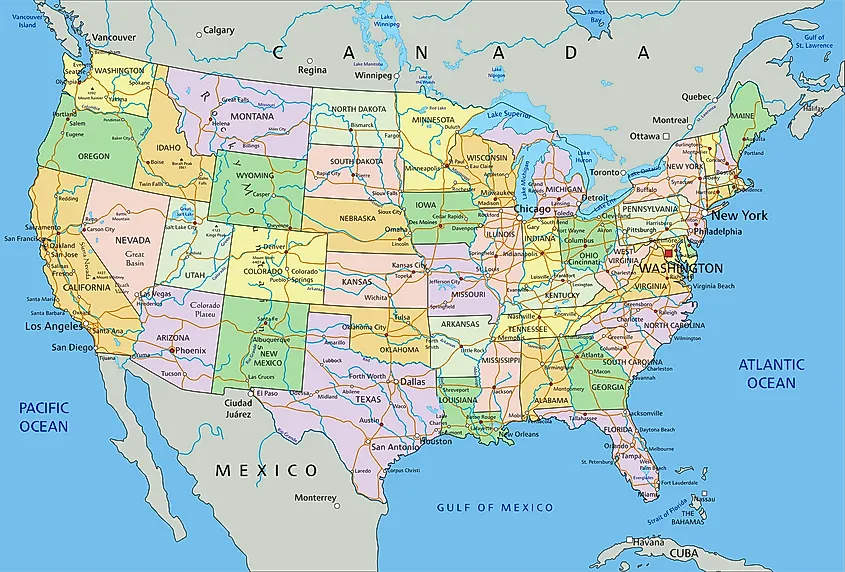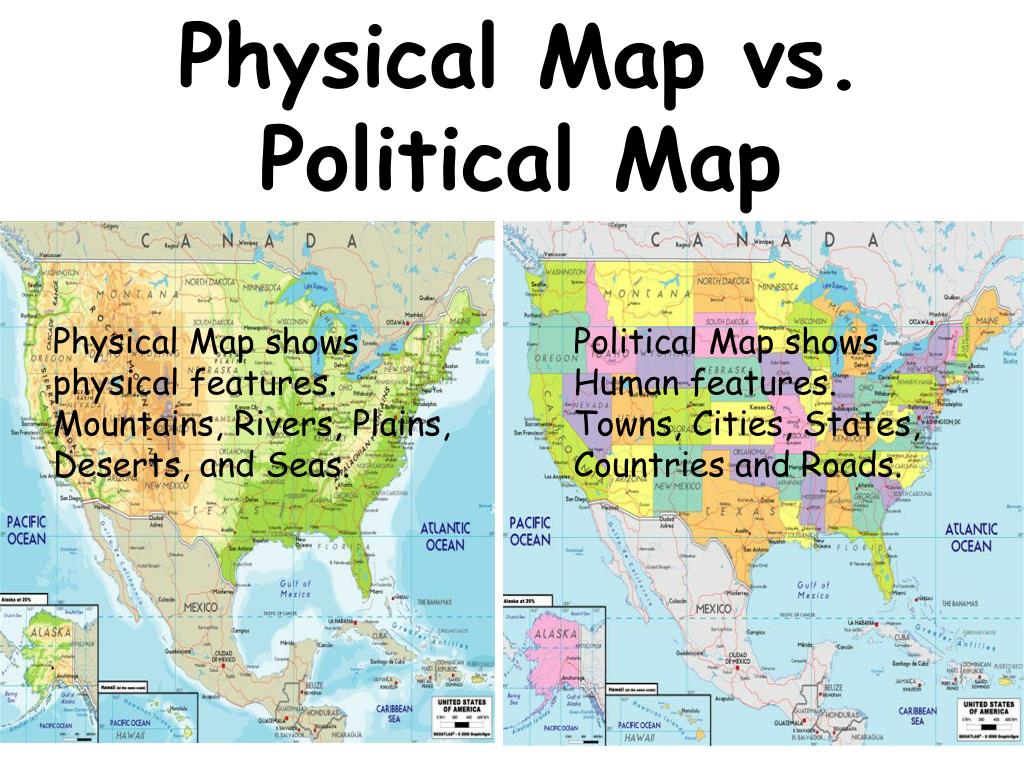Maps are not just tools for navigation; they are intricate representations of our world, each serving a unique purpose and telling a different story. Whether you're a student, a traveler, or a geography enthusiast, understanding the various types of maps can greatly enhance your knowledge and appreciation of the world around you. In this article, we will explore the differences and applications of physical maps, data maps, tables, and political maps, providing you with a comprehensive reference for each type.
Maps can be categorized into several types, each with its own specific focus and design. Physical maps highlight the natural features of the Earth, such as mountains, rivers, and valleys, while political maps emphasize boundaries and governance. Data maps, on the other hand, present statistical information visually, allowing for easier comprehension of complex data sets. Additionally, tables can be utilized to organize and present geographical data in a structured manner, making it accessible for analysis and comparison.
As we delve into the intricacies of these mapping tools, you will discover how they can be used effectively for various purposes. From understanding geographical features to analyzing demographic data, mastering the art of referencing a physical map, data map, table, and political map can empower you in your studies, work, or travel adventures.
What is a Physical Map?
A physical map is a representation of the Earth's landscape, showcasing natural features such as mountains, valleys, rivers, and lakes. These maps typically use color gradients to depict elevation, with green representing low-lying areas and brown or gray indicating higher elevations.
How are Physical Maps Used?
Physical maps are essential for various applications, including:
- Understanding topography and terrain.
- Planning hikes or outdoor activities.
- Studying climate and weather patterns.
- Recognizing natural resources and hazards.
What is a Data Map?
A data map is a visual representation of data that allows users to analyze and interpret complex information more easily. These maps can represent various types of data, including population density, economic statistics, and environmental factors.
How Can You Create a Data Map?
To create an effective data map, consider the following steps:
What is a Political Map?
A political map illustrates the boundaries and locations of various political entities, such as countries, states, cities, and territories. These maps often use distinct colors to differentiate between different regions and indicate administrative divisions.
Why are Political Maps Important?
Political maps play a crucial role in:
- Understanding geopolitical relationships.
- Studying elections and political trends.
- Planning travel and navigation within countries.
- Analyzing territorial disputes and conflicts.
How Do Tables Complement Maps?
Tables are a fundamental tool for organizing and presenting geographical data. They can be used alongside maps to provide additional context and details that a map alone may not convey.
What Information Can You Include in a Table?
When creating a table to complement a map, consider including the following information:
- Names of geographical features or locations.
- Statistical data related to those features (e.g., population, area).
- Geographical coordinates for precise location identification.
- Any relevant notes or observations that enhance understanding.
How to Reference Different Types of Maps?
When citing or referencing a physical map, data map, table, or political map, it is essential to follow proper citation guidelines to ensure credibility and accuracy. This includes noting the source of the map, the date of publication, and any relevant details that provide context.
What are the Best Practices for Referencing Maps?
To reference a physical map, data map, table, or political map effectively:
Conclusion: Why Understanding Maps is Essential?
Understanding the differences between a physical map, data map, table, and political map is essential for anyone seeking to engage with geographical information. Each type of map offers a unique perspective and serves distinct purposes that can enrich our understanding of the world. By honing your ability to reference these maps effectively, you enhance your skills in research, navigation, and data analysis.



ncG1vNJzZmixn6PAtr7IZqWeq6RjsLC5jq2pnqaUnruogY6rnJ%2Bdopq7pLGMmmSaZaCdxrS1wpqjZqWRpXqkecOaq5plnZa9bq6MrZibpJVisW68zqWgraGTlrluucCpZKmklZbApnrHraSl